
all works © Jonas Maria Droste
A large flag pole, dozens of hand-made wooden frames, a large scale of monotonous colours on paper. The installation Preussisch Blau by recent UDK-graduate Jonas Maria Droste is not only sleek and beautiful in its approach to a design-inspired formal language, it also comprises a critical notion about the formation of identity through the mere concept of nationality and artificially empowered objects, such as the national flag. Jonas, who grew up in Berlin in the 90s, moved to Vienna to study at the art academy and returned to Berlin a few years back to continue his practice in sculpting and to add another artistic medium: dance. He told me how performance and sculpture do and how they do not merge, what physicality means in regard to his work and why seduction is such an important component to his art.
Anna-Lena Werner: Jonas, how did you come to making art?
Jonas Maria Droste: After I had finished high school I left town to travel, volunteered in a circus for half a year. Coming back, I found myself having very mixed feelings about making art, about applying to the academy, and about Berlin as such. In the end, it took a girlfriend-break-up scenario for me to submit my portfolio to the art academy in Vienna. After that, I left town within a matter of weeks. It was only after a while that I realised that this was also a conscious decision to confront myself with making art.
ALW: Next to your practice as a visual artist, you are currently studying dance at the HZT (Hochschulübergreifendes Zentrum Tanz). Was there a particular reason why dancing became an attractive additional practice for you?
JMD: I suppose there was a moment in which I was getting very tired with what making and encountering visual art meant to me. That was about three years ago, when I was still living in Vienna. I did appreciate exhibitions that I went to visit, but my appreciation came from a point of intellectual acknowledgment and respect for the artwork, rather than from a moment of affection. I simply wasn't touched by a lot of what I encountered. That was quite the opposite when I confronted myself with performance and dance. Back then, I initially just felt a lot like working physically with my body. It is only today that I am beginning to understand the implications dance- and movement-practice have for me as a visual artist and how they inspire the way I think about the notions of work, practice, and artistic production.
ALW: Isn't sculpting also a physical practice?
JMD: Not so much in my case. It’s more like a tool. When performing, in a sense, I am a part of the context – as a body on stage. With my practice of visual art, the context is mostly based on the object and its placement.
ALW: Is the process of physical work reflected in your objects?
JMD: Sometimes it is. I had built many wooden frames for the installation Preussisch Blau that I presented in last year’s BERLIN MASTERS exhibition at Arndt Gallery. Time-consuming labour becomes visible as a formal aspect in this fragment of the work. But it’s not necessarily a key for understanding the work. It very much depends on the ways of reading the installation.
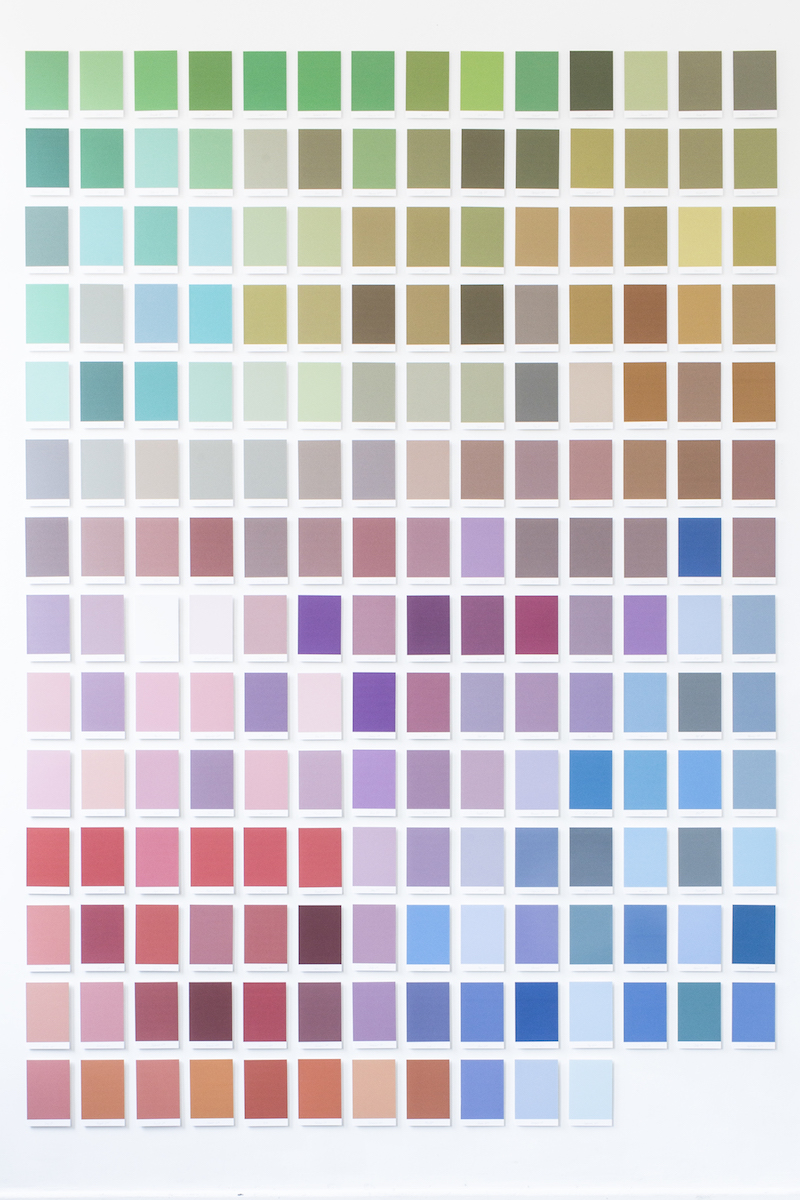

ALW: How do you read the work Preussisch Blau?
JMD: In general I am very interested in the aesthetic dimension of political practice. I don’t consider visual objects within these practices as products. I consider them actors in a practice that is simultaneously rendered through things that we encounter on a sensual level. Preussisch Blau connects to these thoughts in several ways: The work is based on an index of 193 monochromes, each of which is the translation of a national flag of a country, reduced to a single colour. The flag – reduced to a single colour – encourages an affectionate perception. It avoids the realm of its specific political representation and unveils a certain narrative or a poetic quality, which of course has always been there to begin with. On the other hand, the work also includes a flagpole that is being denied its usual potential both by being mounted upside down from the ceiling and its sheer size that prohibits it from being entirely straightened. I look at these kinds of objects in terms of the social contracts they contain – how we treat and empower them. In that sense the work largely is about the construction of an identity and the aesthetic elements that eventually form and sustain privileges within such an identity. Identities that relate to peer-groups do not necessarily rely on nations or geographic location any longer; the role of aesthetic production is the central element to this way of relating. In the case of Preussisch Blau, every colour swatch is related to their respective country’s date of national holiday.
ALW: Why is the date important for this work?
JMD: It relates identity as something immaterial to the act of its repetitive activation. It's a caesura. A date that is then being celebrated, or critically approached, as a moment of initiation, or a shift in national identity. In terms of my work, there is a very literal aspect of national identity in the initial index of flags and only a very vague one to my translated version. I hope it allows for a read of nationality as something incredibly constructed, and yet simultaneously – something extremely powerful and cruel. In that sense, the work is about the act of standardising – the very routines of shaping ideas such as nationality.
ALW: What is your personal relation to the subject of identity?
JMD: A privileged one. Maybe, in a sense one that is naive. I don't personally identify through the concept of my nationality and yet everything I do is obviously based on the privileges that I inherit with it. I am quite interested in how this influences my work. Whether this creates responsibilities regarding my practice as an artist and the topics I choose to work on. What kind of potential dialogue this provides and with whom... I like to think that some of my work poses these kinds of questions as an undercurrent to what I do.
ALW: Does that also imply opening up an unfinished process and sharing it through art?
JMD: Not necessarily an unfinished one. For me, the open question is where this moment of sharing is situated within the practice of a visual art. It reminds me of questions in the context of contemporary dance and movement practice: the responsibility of a person providing a space and the agency of another person who enters this space. Hosting and guesting. It’s interesting to translate this both to the practice of visual art and ultimately the encounter between the audience and visual artworks on display.
ALW: How do you bring the two disciplines of dancing and sculpting together?
JMD: I am not actively merging performance and sculpture and installation at this point in time. They do however seem to merge in the way I approach individual aspects of my work. I have to admit that I’m very protective about the fact that dancing, at least for now it remains in a state of naivety rather than being devoured by the more professionalised context of my sculptural practice. I am, however, very interested in the performative potential of installation-based work that I like to believe can reconfigure the static character of certain conceptual sculptures: Re-contextualising previous work, re-discovering and re-encountering it, and then maybe re-staging it again. I like to think of seduction in this context, because it is one of the very few kinds of social interactions that really requests a counterpart.
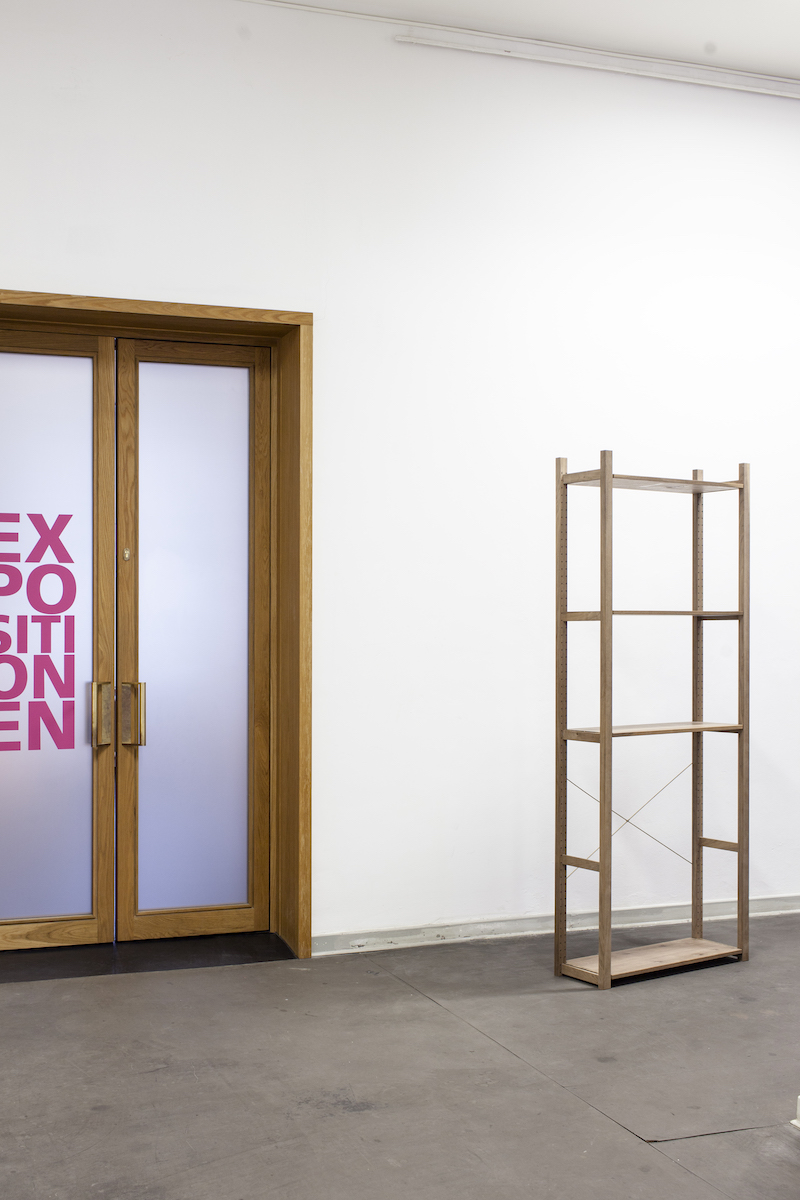

ALW: Can you put words on what you mean by seduction in this context?
JMD: There is a certain dynamic that I feel like I have to overcome with the audience when I dance: Dance transmits my uncertainty. This is the moment that I am looking for in my installation work, which is perhaps why I studied with Jimmy Robert during my final year at UDK. In the Museum of Photography in Berlin I recently exhibited a replica of an IKEA shelf and next to the piece I displayed my private phone number. I didn't want to work with photography and I was looking for ways to deal with a medium that traditionally connects to a notion of representation and reproduction. Moreover, it was tempting to force that trajectory of me, potentially being confronted with the visitor of the museum via a phone call, but also simply my envisioning of the potential audience encountering the row of numbers. The number is generic and I have nothing to do with it, but there is still something truly private attached to it. I received a bunch of random calls from confused visitors throughout the whole show.
ALW: How did you react when they called?
JMD: Mostly I was totally confused myself. A bit helpless about what to do with the situation. I didn't really know what kind of outcome I was hoping for. We sometimes talked about the work itself – which is odd, because in a sense, we were creating the work by simply talking to each other. There was a clear reference to the object, in this case, the phone number, which was visually on display in the museum.
The opposite process was happening during my degree show in Vienna three years ago: I made a catalogue for a group show that never actually happened. We installed the show, but never opened it or shared it in any other way. Only 21 editions of a catalogue were sent to a group of people that the artists and I chose. The catalogue was the only physical environment for the exhibition and the audience was limited to the few people we chose.
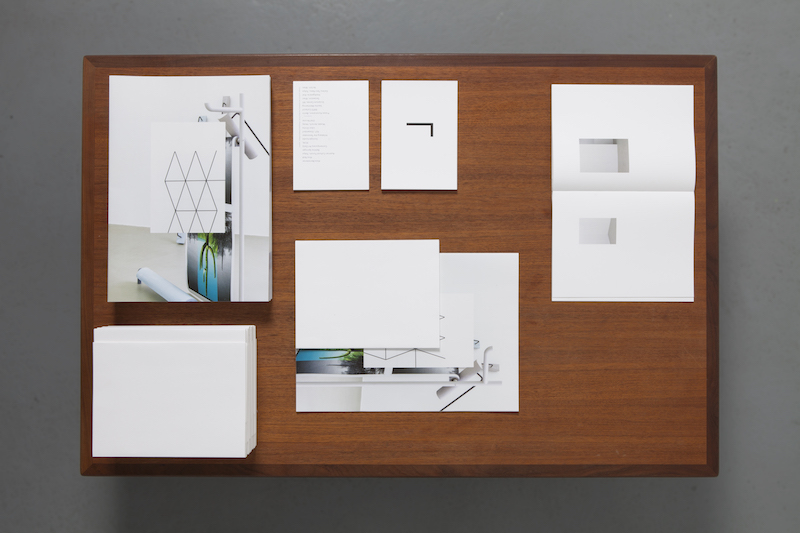

ALW: Formally your works are very sleek, their surface is even a little related to design. What role does this formal language play for your practice?
JMD: Sometimes I am actually surprised that I use this language. I find the concepts of artistic language and vocabulary very interesting. It’s a conscious decision, but I do find myself questioning whether this very formal language is an appropriate container for the kind of content I produce. The language needs to express my own concerns, but it also needs to be in touch with its context. On the other hand, there is a problem with simply integrating into a hegemonial form of language. This was very apparent with the replica IKEA shelf: One way of reading it is a critique of certain aspects of capitalism, by placing a shelf into a museum. But there is more to it: I cannot position myself towards something just by pointing at it. And, how do I share my own work of manually replicating something that is essentially a product of mass production? The work needs that delay, in order to unfold. This is, again, connected to the notion of seduction. Some of my works repel people, I think. They don’t all use affect. I suppose there is never just one way of reading them.
Website: jonasmariadroste.com
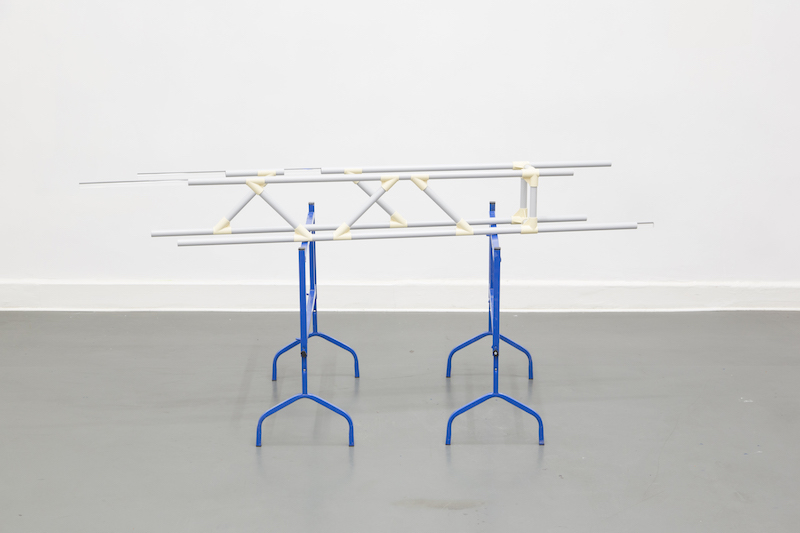
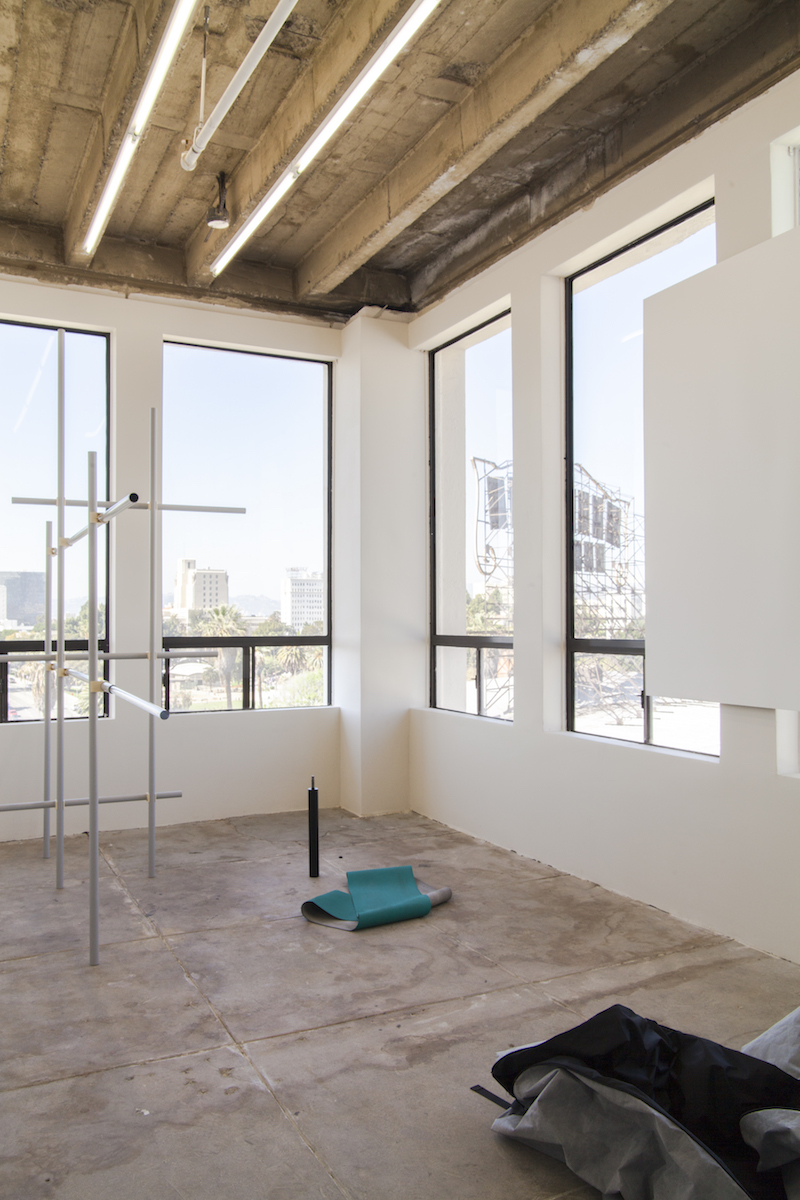
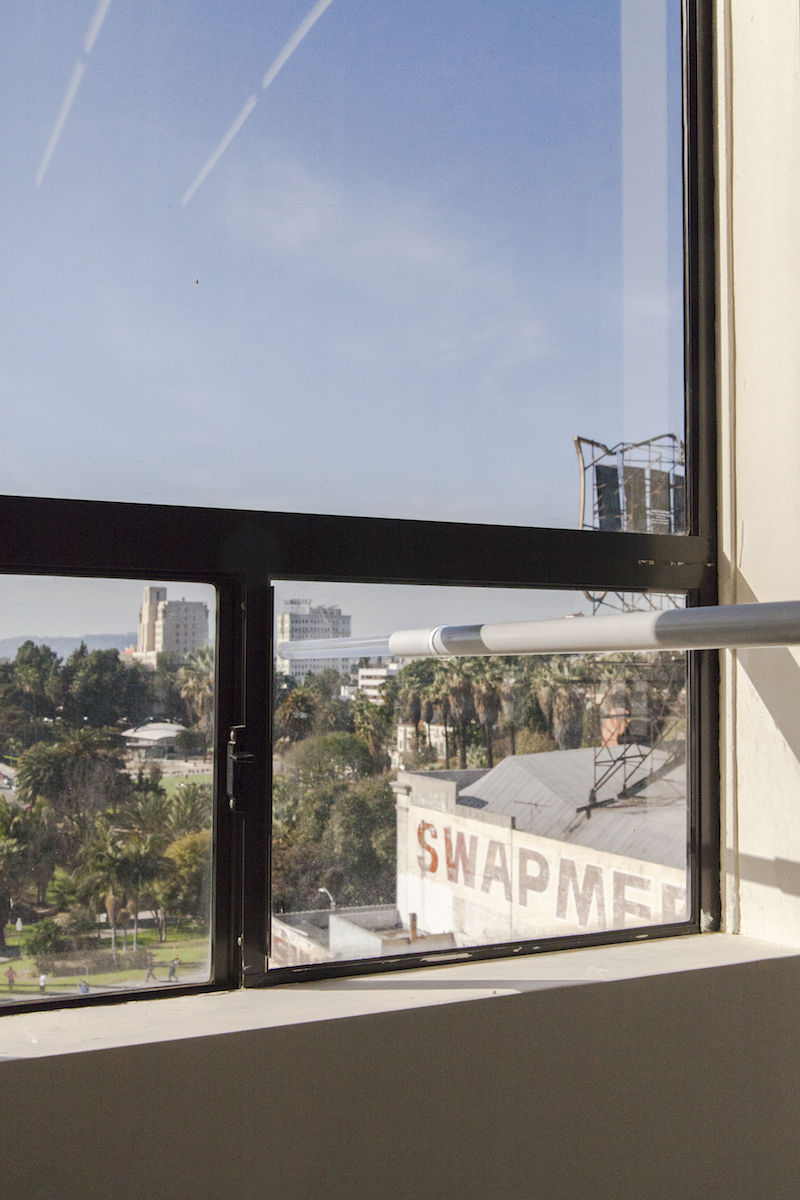 all works © Jonas Maria Droste
all works © Jonas Maria Droste
Website: jonasmariadroste.com


 all works © Jonas Maria Droste
all works © Jonas Maria Droste